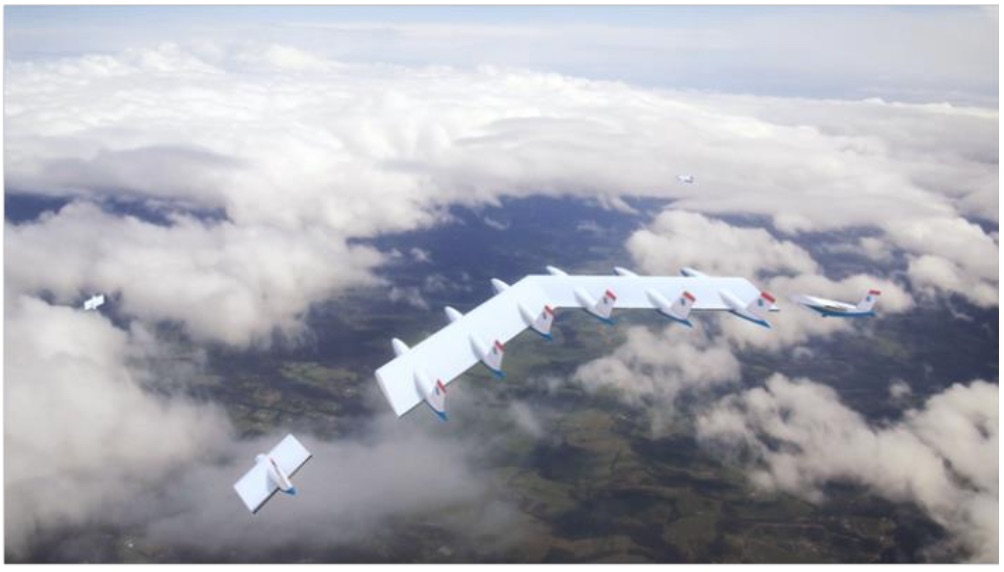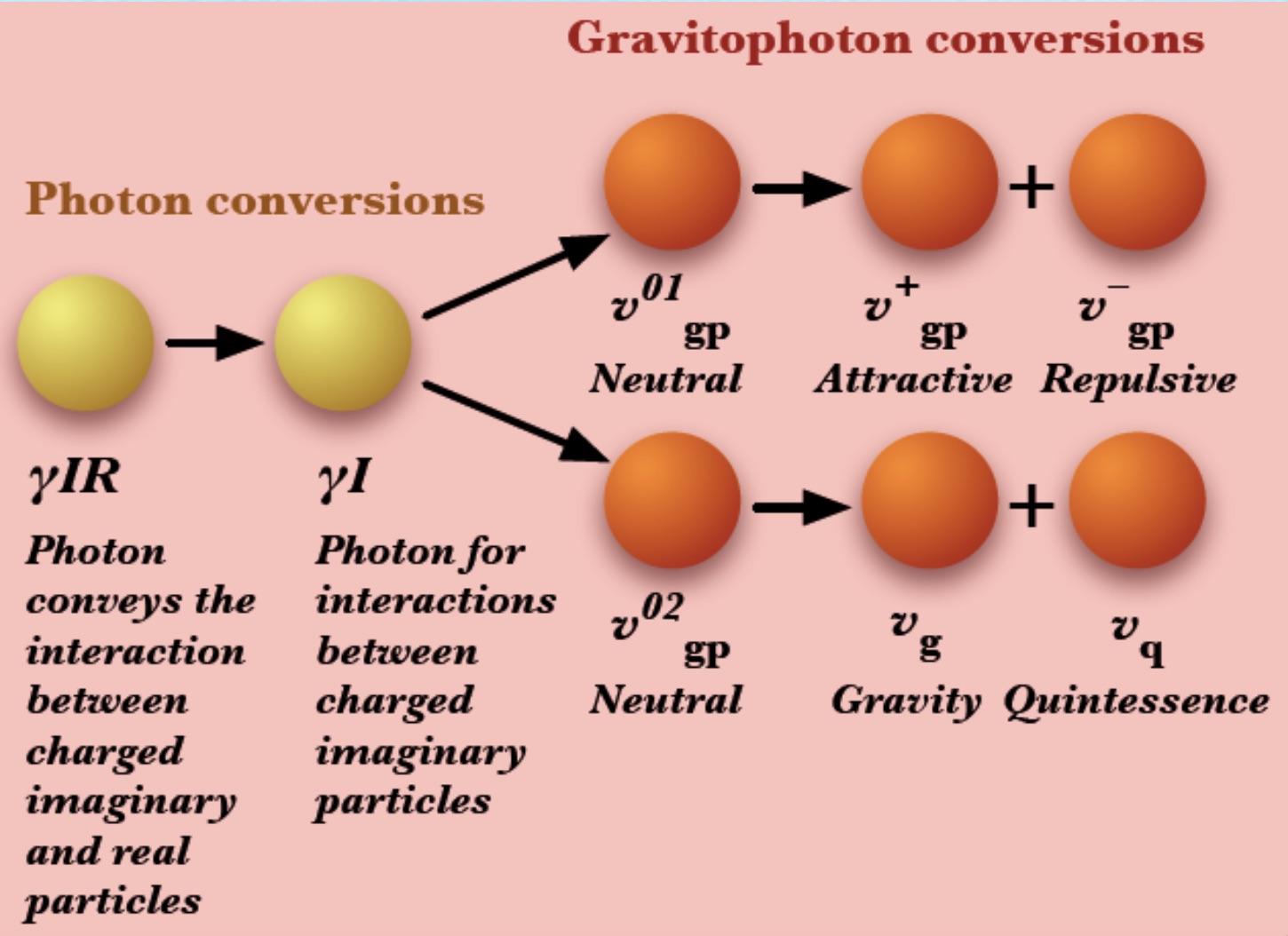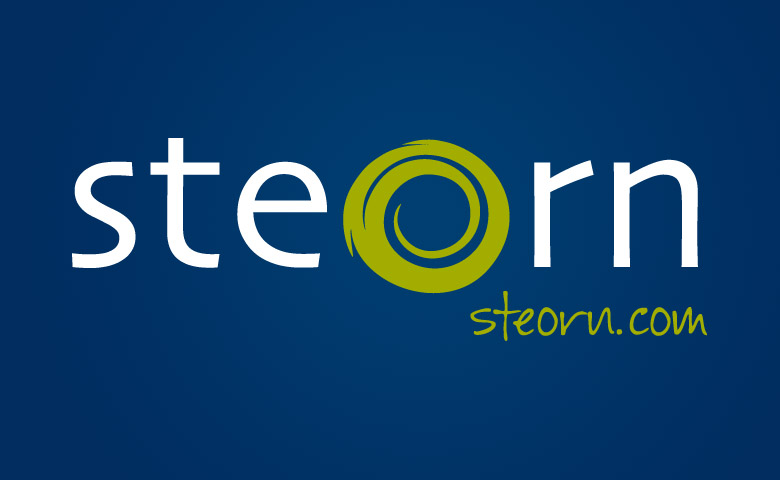Though the Swiss effort to power vehicles through applying LENR technology (see blog “First Research for Powering Vehicles with LENR” on July 14) was impressive in it’s aggressive timeline approach, other researchers are intent on studying the long-range application of LENR to aircraft.
There is a May 2012 NASA study (NASA/CR-2012-217556) entitled “Subsonic Ultra Green Aircraft Research, PhaseII: N+4 Advanced Concept Development” which looks to LENR as a potential ultra-green power source for subsonic aircraft. Not gravity vehicles, but a step toward validating LENR as a power source for flying craft.
In the Boeing Subsonic Ultra Green Aircraft Research (SUGAR) Phase I study, Boeing identified and analyzed advanced concepts and technologies for aircraft that would fly in the 2030-2035 timeframe. One of the recommendations from that study was to conduct a follow-on study to consider the synergistic benefits of methane and/or hydrogen fuel.
This Phase II study covers advanced technology potentials in the 2040 – 2050 timeframe and includes consideration of LENR technology. In this study the SUGAR Team has assumed, for the purposes of technology planning and establishing system requirements, that the LENR technology will work. They have not conducted an independent technology feasibility assessment on LENR, but the technology plan contained identifies the steps that would need to take place to develop a propulsion system for aviation that utilizes LENR technology.
The group identified that the LENR concept could have tremendous benefits, though the technical risks are extremely high. All of the conceptual power alternatives were ranked on the basis of energy output, global emissions, LTO emissions, noise, cost and technology maturity risk. The final score of LENR, including technology risk, had the highest payoff, but also an associated high risk.
The study forecast that traditional fuel burn and emissions will be reduced or eliminated by using LENR energy. Also, noise may be reduced by using LENR heat instead of combustion in the engines.
The primary conversion of LENR-produced heat to power is suggested to be turbine fans and alternate heat engines such as those employing Sterling, Diesel, Wankel, Otto, and Brayton cycles. They do not consider the use of direct conversion to electrical energy using thermoelectric converters as has the Swiss automotive team.
Here is a paper on some of the issues surrounding the efficiency of thermoelectric conversion of LENR heat to electricity: http://www.lenr-canr.org/acrobat/Hagelsteinthermaltoe.pdf


